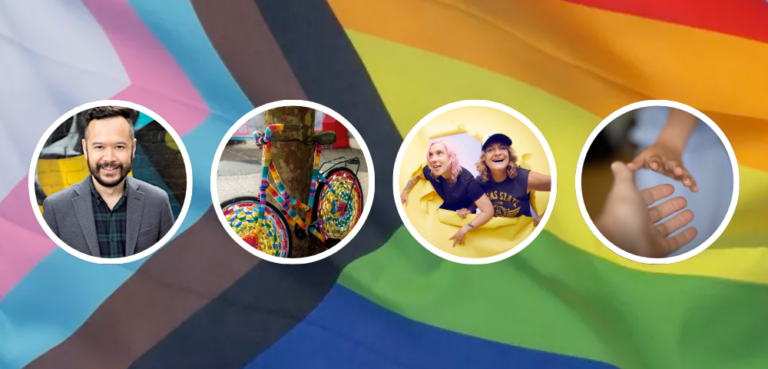
Charting the history of queer protest
Australia has a proud history of political pranks, protests and mischief-making, something author Iain McIntyre charts in the newly-released book, How To Make Trouble and Influence People.
McIntyre’s book, born of a series of zines, has a particularly strong focus on the history of queer protests in this country.
“I wanted to challenge the ‘dour slog’ version of political activism, because I’ve always known people who’ve had a more fun, radical approach. I wanted to promote that approach and give examples of it,” McIntyre told the Star.
“And there’s a lot of humour in queer protests. The history of the gay and lesbian rights movement in Australia is a great example of how radical, humorous action helped to push the agenda along.
“The gay liberation movement of the 1970s was extremely in-your-face — there are stories about people hopping on trains and trams and holding same-sex kiss-ins, or going to Myer and noisily testing out the beds.”
McIntyre listed the first Sydney Gay and Lesbian Mardi Gras in 1978 as a key galvanising event for the politicisation of the wider GLBT community.
“The Mardi Gras came out of a radical street protest, which was also a big party. One of the big successes there was that they were able to attract gay and lesbian people who weren’t part of the political scene, but were part of the bar scene. By making it a party, they were able to draw a bigger, more diverse crowd.”
Asked for his own favourite example of an inventive queer protest, McIntyre offered the following pearler.
“There’s a hilarious story about the Lesbian and Gay Solidarity group, who knew that an ultra-conservative Christian evangelist was coming to Australia, so they registered the business name ‘Moral Majority’ before he arrived. They could’ve just turned up and had the usual protest, but they came armed with stickers that said ‘Moral Majority says sodomy today, Gomorrah tomorrow’ and ‘Moral Majority says Matthew, Mark, Luke and John: they’re all queens where I come from’, ” he laughed.
“When it comes down to it, standing out on the street with a placard has its place, but it’s not often all that fun for the people involved or the people watching. I think gay and lesbian political agitators understand that, and put more thought into their protests and pranks.”
info: How To Make Trouble and Influence People is out now. www.howtomaketroubleandinfluencepeople.org.









